

Not getting the conversions or clicks you want from your Google ads? Then you MUST implement these 11 AdWords hacks to work the magic. Google has been dominating the PPC world for quite a while now. If you want to learn how to use the search giant to get you lots of clicks and conversions, keep on reading!
Why Do Marketers Prefer Google Ads?
Hold your horses! Before we get into the hacks, allow us to walk you through the benefits of using this amazing PPC network.
1. Better Understanding of Target Audience
Your Google ads won’t be successful if you target every user on the platform – You need to target a specific audience to gain qualified leads and conversions. Luckily, Google offers precise targeting options such as locations, age, gender, life events, income, device type, most-used keywords and many other insightful targeting options to help you reach the right audience for your business.
2. Contains a High-Intent Audience
Consumers use Google for awareness, research and buying purposes. Google users have a higher tolerance to ads because they are searching for a solution to their problem. In fact, 63% of consumers say that they would click paid ads on Google.
3. Greater Reach
When anyone needs to find an answer to their question, the first place that comes into mind is usually Google. Here are some mind-blowing stats to prove this:
11 Google Ads Hacks That Will Skyrocket Your Conversion Rate
Now for the moment you’ve been waiting for. Let’s dive right into the tips and tricks!
1. Utilize Reverse Engineering
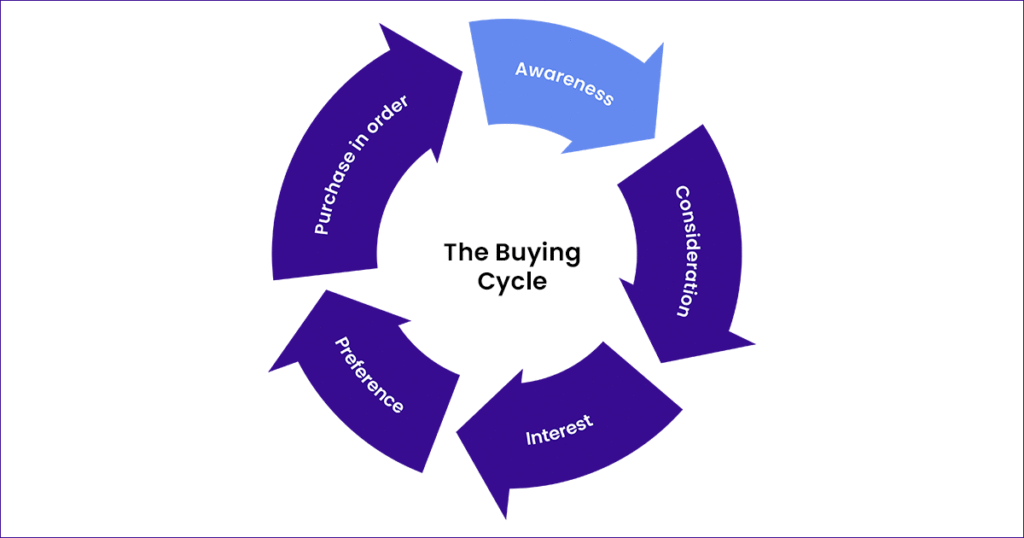
Reverse engineering, also known as backwards engineering, breaks down parts of something and analyzes each component while working backwards from the end result. This helps you focus on the process rather than solely envisioning the end result. When it comes to consumer behaviour, reverse engineering can be used to observe the path of purchase. To get a better insight into this, use the customer buying cycle. The customer buying cycle consists of five stages:
Here we break down the customer buying cycle into smaller components to extract deeper information that will help reach the end result — converting the lead into a customer.
Let’s look at an example of how you can use reverse engineering in your Google ads. For example, if you sell computers and laptops and your prospects are unaware of what factors to look out for when purchasing a good quality computer, don’t include your product name in the headline of your Google ad. They’re not in the stage of looking for a specific product. Instead, they’re in the phase of researching what a high-quality computer includes.
However, if your prospects are aware of what they’re looking for in a high-quality computer, have your product name in the headline of your Google ads — They already know what they’re going to purchase; they need to find a company to buy from. The goal of the reverse engineering method is to convert your website visitors into leads or customers. How can you do this? That’s what the next tip covers!
2. Use Google Lead Forms with Quality Lead Magnets
A lead magnet is a marketing term for an item given for free in exchange for a prospect’s contact information. Lead magnets include case studies, testimonials, infographics, free trials and E-newsletters. A great and engaging lead magnet content has visuals. Posts with images produce 650% higher engagement than text-based posts, 65% of humans are visual learners, and colourful visuals increase users’ willingness to read content by 80%. So, what type of visual content should you use in your lead forms? Infographics, graphs and charts are the way to go!
3. Test the Design of Your Landing Page
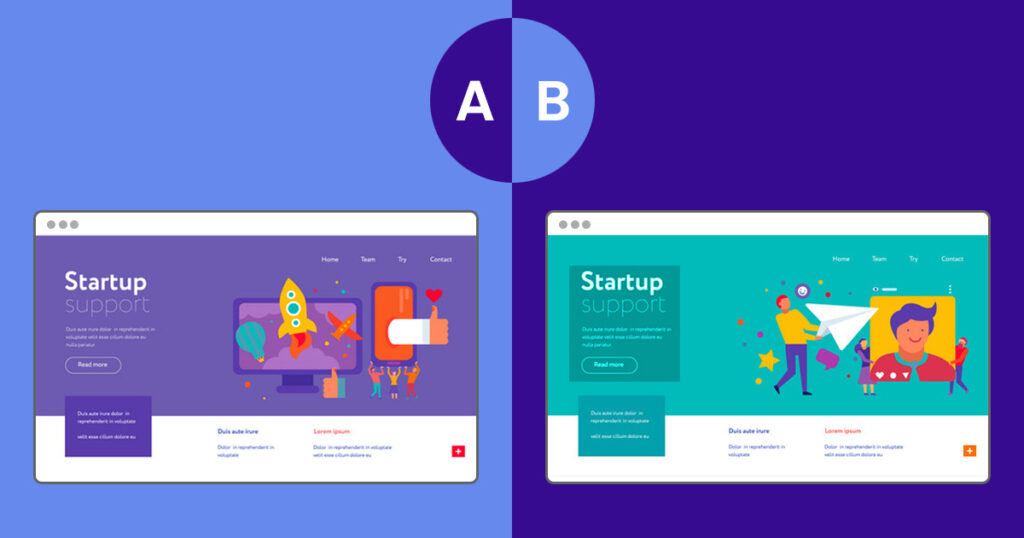
Your conversion rate relies heavily on the design of your landing page. In the previous tip, we covered the types of lead magnets you can use, but how do you know WHICH ones are suitable for your landing page? You may think an eBook will attract many leads. But, what if your customers are more interested in webinars? You won’t know unless you do some split testing. Every aspect of your landing page should be tested – from colours, to headlines, to CTA’s, to fonts and placements. There’s no universal rule that every advertiser uses. It varies for each business and split testing can help you find the highest converting landing page.
4. Adjust CPC According to Device Type
Nowadays, consumers use multiple devices to visit your site. Separating your biddings according to device type can reduce your ad spend. For instance, if most conversions occur on mobile, increase your bids for mobile and decrease it for desktop. You can do this by going to Setting > Devices on your Google ads campaign and clicking on the bid adjusting column.
5. Use Negative Keywords
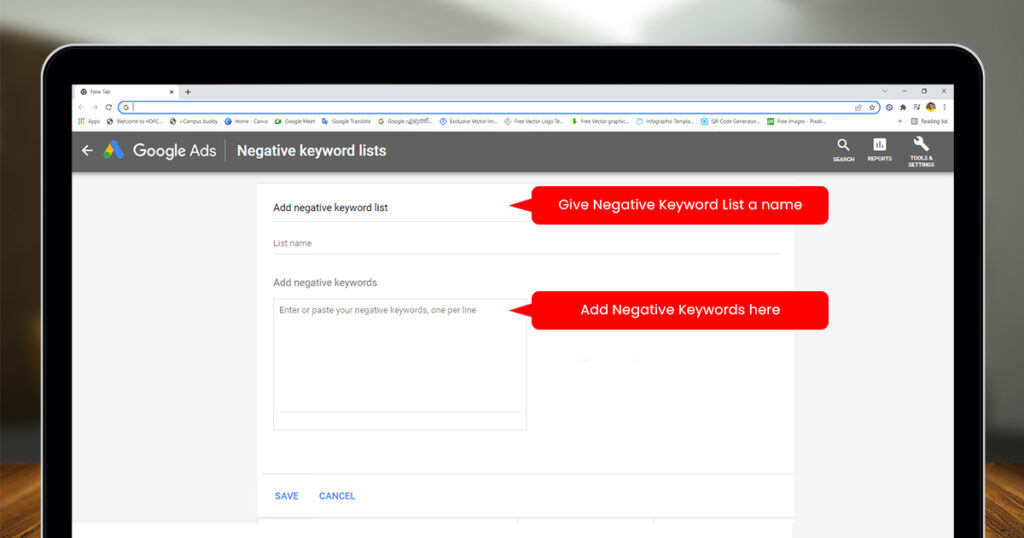
You don’t want to spend money on words that won’t get you a high ranking. Using negative keywords does your ad budget a huge favour by avoiding the wrong crowd. Say you sell leather boots. You’ll probably want to rank for words like “women’s leather boots, brown leather boots”. However, you DON’T want to rank for “Winter Hunting Boots” or “Winter Work Boots”. Why? Because your brand sells leather boots and you can refrain from ranking for terms that aren’t in your niche/area of expertise. You can benefit from negative keywords in three main ways: Improved ROI, increased CTR, and decreased CPC.
6. Leverage Long Tail Keywords
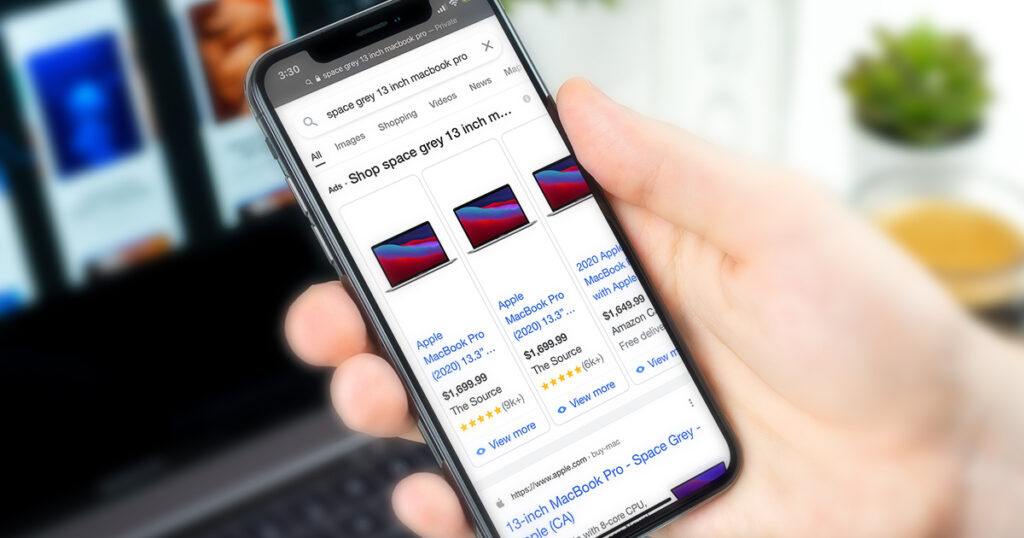
Good CTR and conversion rates are necessary for ad success. That’s why what customers type into the search query for your ad to appear is important. Over a third of Google search queries are more than 4 words long – Long-tail keywords are more specific, making the audience specific as well. This means there’s a higher chance of targeting qualified leads with more interest. Take into consideration an individual who searches up the word ”Laptop”. What do you think will be running through their mind when they type in this keyword? We wouldn’t know their exact thoughts. What type of laptop is the person looking for? Mac, Microsoft, Dell? What colour? What size?
Now, take note of another individual who types in “Space Grey 13 Inch Macbook Pro”. This individual clearly knows what they want, since they’re typing more than one word. Their search includes the brand name, colour, desired size and model of laptop they’re looking for. Try including “How to” or “What is” in your keywords as they are typically popular among search queries. Others include “…to avoid” since its search has increased by 150% and “is worth it” which has increased by 80% on Google.
7. Track Your Google Campaigns
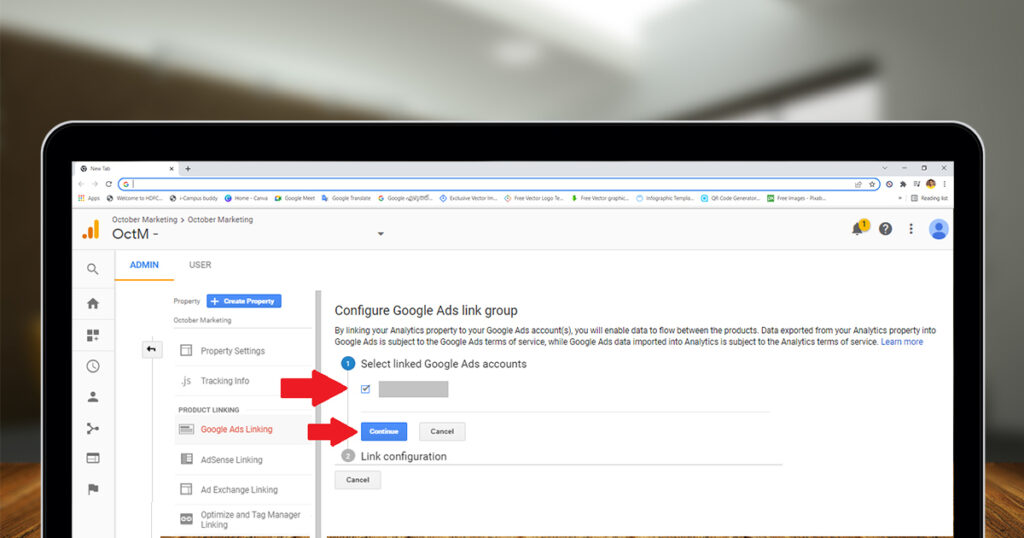
Tracking your AdWords campaign is key to optimizing your conversion rate and CTR. Your AdWords account lets you see which keywords and ads are producing the best results. However, AdWords alone doesn’t give you the whole picture. Google Analytics completes the picture by showing you what visitors do after they click on your ad. It also displays which traffic source produces the highest conversions. By linking your Google AdWords account to Google Analytics, you can find valuable metrics such as bounce rates, average page views and average duration on site. These metrics will indicate whether site visitors find your landing page engaging or not, guiding you to create your ads and landing pages according to users’ preferences.
8. Leverage CTR Best Practices
CTR (click-through-rate) is a ratio that calculates the number of users who have seen your ad and clicked on it. Therefore, the primary focus should be on increasing your conversion rate. Consider the following to improve your CTR:
Which looks more noticeable? “Best Realtors in New York” or “Best realtors in new york”. Obviously, the first option — it looks more professional and visually appealing.
It’s easier to increase your CTR by testing out different match types. Exact keywords won’t get you much traffic, but will get you highly qualified leads. On the other hand, broad keywords will get you significant amounts of traffic, but low intent leads and a lower CTR as the keywords don’t match the exact intent of the user.
Keep in mind which stage of the buying funnel each customer is in. It’s unnecessary to target broad/generic keywords if your customers are already aware of your brand. Target keywords with intent such as “Buy X”.
Your CTR can be optimized by tweaking your ad copy. Your CTR depends on your ad copy, not your landing page. The landing page is only responsible for conversions. But to get to the landing page, your ad copy should hook users. The next section will give a deeper insight into creating powerful ad copy.
9. Write High-Converting Ad Copy
This is the most essential yet neglected part of an ad. Yes, your product or website may be one of the best, but how would customers know if they don’t click through to your website? Your ad copy is the gateway to drive customers’ attention to your products. Here are some PPC ad copy tips you can implement into your Google ads:
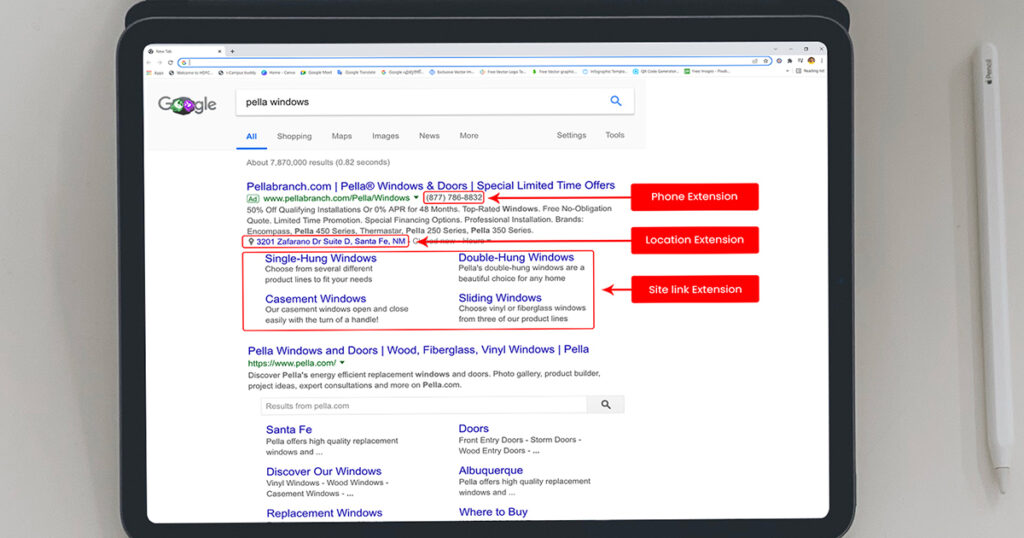
Ad extensions give additional information and more reason for customers to click on your ad. Google extensions have five types: site link extensions, call extensions, location extensions, offer extensions, and app extensions.
Advertisements that convey emotions provoke more responses. Negative questions and sentences capture more attention because few advertisers use this method, making it unique. Negative ad copy can create FOMO (fear of missing out), making someone act faster. For instance, “Don’t Click On This Unless You Want to Make A Huge Profit” rather than “Click here to make profit” is more compelling.
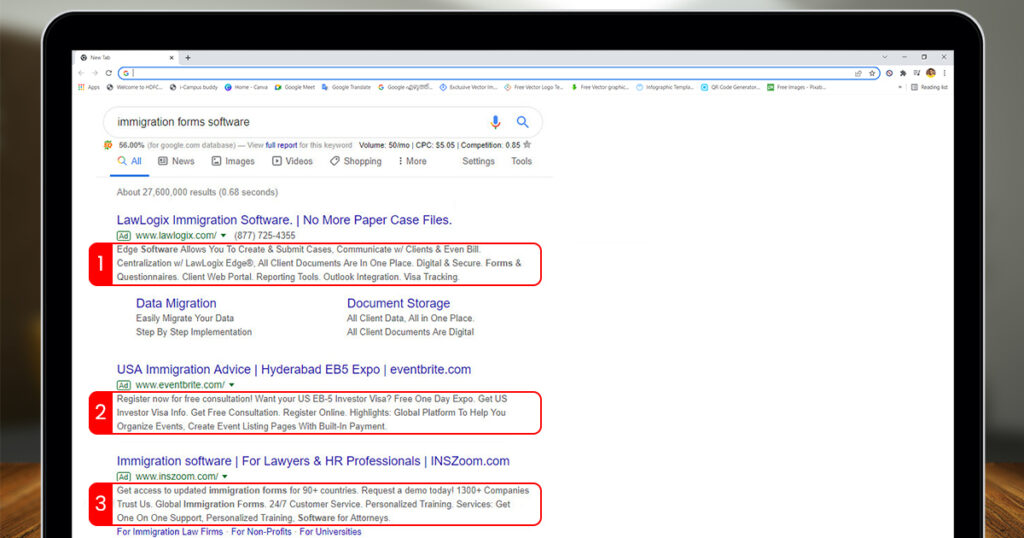
To attract leads, you need to stand out from other ads. This is where special characters come to the rescue! Special characters consist of hyphens, exclamation marks, plus symbols, question marks, percentages, ampersands and more.
10. Customize Your Landing Page According to Different Segments
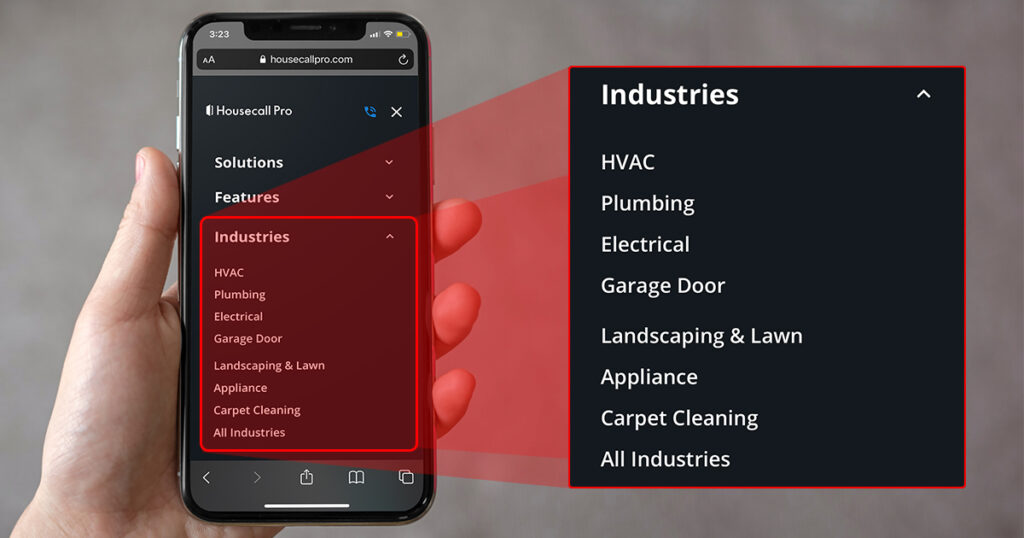
A great way to double your conversion rate on Google is viewing every customer as an individual person, rather than a homogeneous group. Every visitor reaches your landing page with different intentions. Their intent can lie anywhere between “casually browsing” to “actively looking to purchase”. For instance, if you’re a home service business, you would provide a wide range of home services, which would result in various customers visiting your website. If a customer is looking for a house cleaner, don’t send them to the plumber landing page!
Don’t forget to tailor your website for new and returning visitors. How? Update your product descriptions for new site visitors and create a welcome back page for returning customers. This will make customers feel more welcome since you’re addressing each of their unique needs.
11. Match Ad Copy With Landing Pages
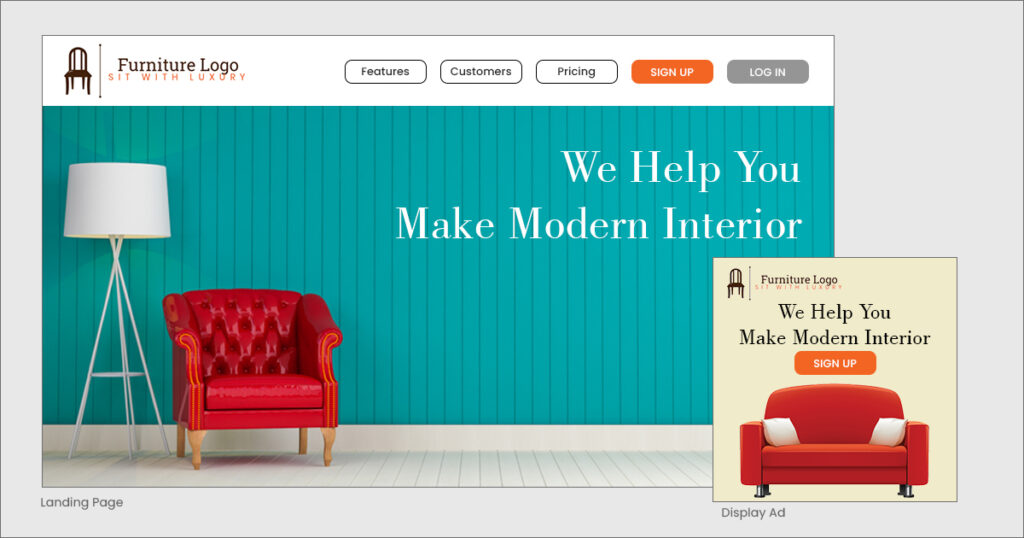
A universal rule for all advertisers to follow is that the landing page must ALWAYS complement your ad. Here’s how you can test it yourself. Try out the blink test. If you see an ad and you click through to the landing page, can you determine whether the ad and landing page align with each other in one glance? If not, there’s an issue. Text ads or search ads don’t use images as a primary tool in their ads, making keywords and ad copy more critical. The keywords and ad copy in your Google ads should mirror the content on your landing page.
For instance, if the keyword in your ad copy is “affordable travel gear” and “30% off”, then your landing page should feature these words too. Your ad copy shouldn’t deceive customers either. If you talk about offering a free trial in your Google ads, users should see the link to the free trial on your landing page as promised earlier.
Growvare Can Help!
Given its immense reach and credibility, Google ads must be an important part of your PPC strategy. Use the tips provided above and you’ll have everything you need to drive clicks and get quality leads. A little help from Growvare will skyrocket your Google ads to a higher level. Our AI-driven platform can find your ideal audience from millions of Google users and help you split-test your Google ads to achieve the best results! Book a meeting with us to find out more!
(available during EST office hours)